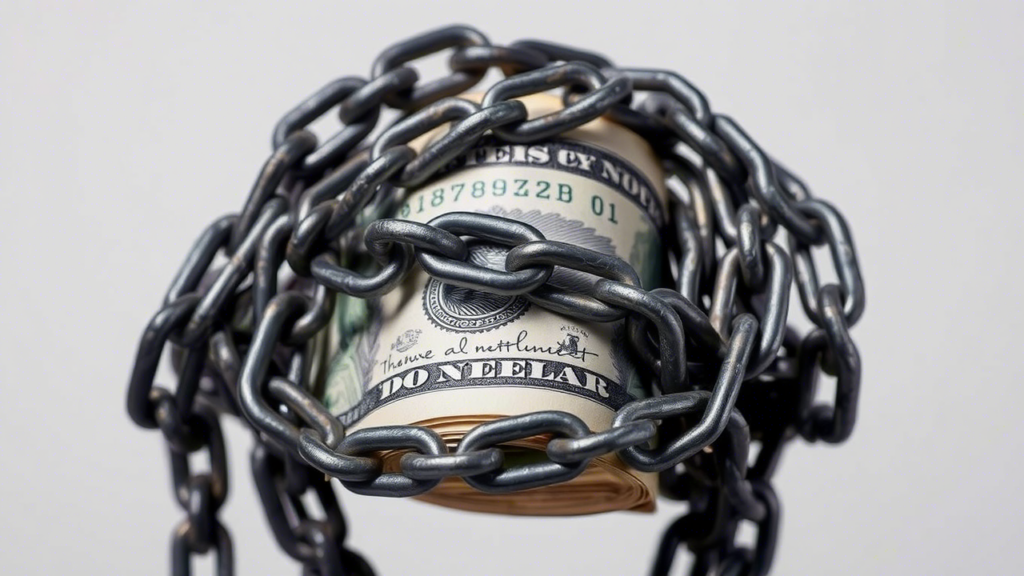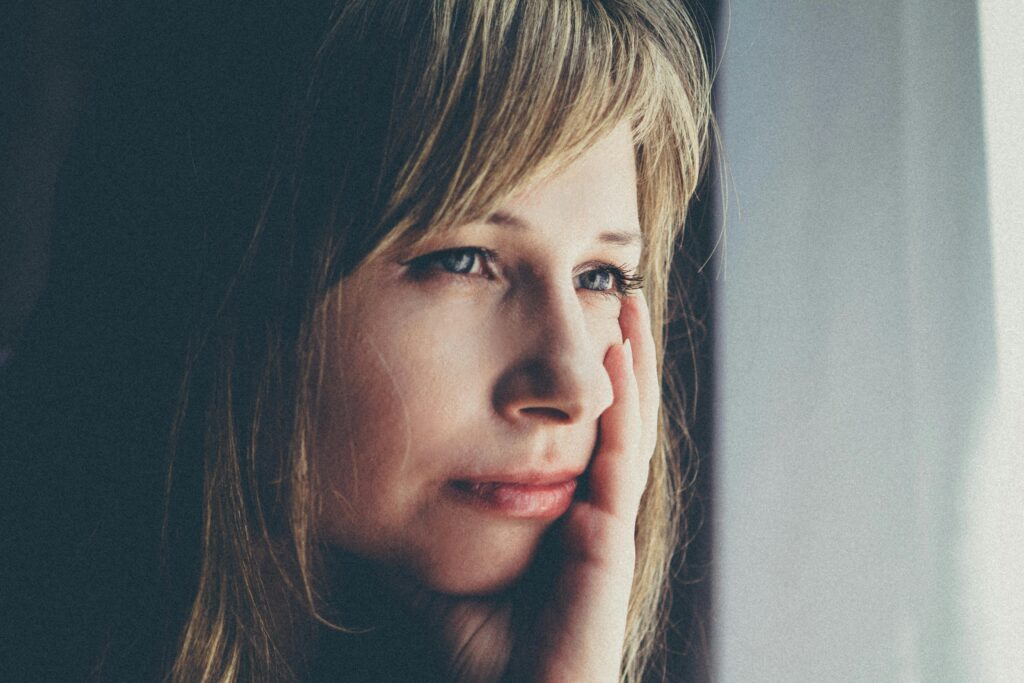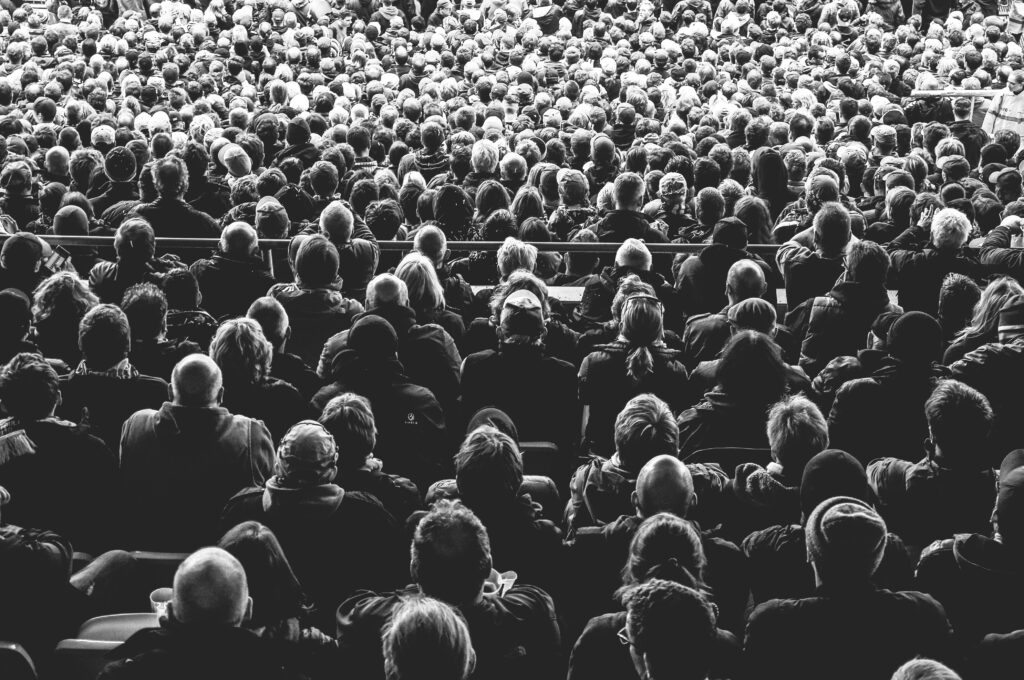April 29, 1945: the liberation of the Dachau concentration camp
A day not to forget the martyrdom of the Polish clergy during the German occupation
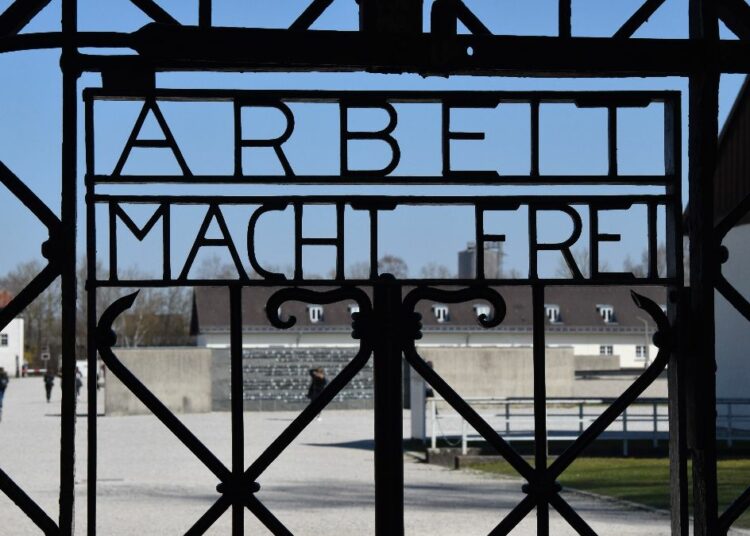
Since the beginning of 1945, Allied troops from the west and the Red Army from the east were advancing towards Berlin. During their advance, they also conquered the places where the Germans had built prisons, concentration and extermination camps. On January 27, 1945, Soviet troops liberated the infamous Auschwitz-Birkenau concentration camp (in 2005 the United Nations General Assembly established that that day would be celebrated every year as Holocaust Remembrance Day).
A few months later, on April 29, the Americans arrived at the Dachau concentration camp and opened its gates. In Dachau, one in three people killed was Polish. Nazi Germany, after having occupied Poland since 1939, wanted to physically eliminate the country’s elite, including the clergy, and reduce the population to pure low-cost labor. At the beginning of the Second World War, there were 10,017 Polish diocesan priests: around 20% of them died in Nazi prisons and concentration camps, including 5 bishops, and the other 30% suffered various types of harassment. Thus, at the end of the war, Poland found itself with half the active clergy. The main place of martyrdom of the Polish clergy was the Dachau concentration camp where 1773 Polish priests were deported: of these, 861 were killed. For this reason in 2002, the Polish Church proclaimed the day of the liberation of Dachau, April 29, “Day of the Martyrdom of the Polish Clergy during the Second World War”.
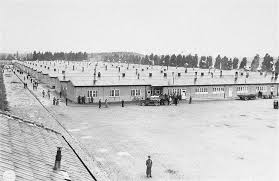 A fact of great spiritual importance should also be remembered: on 22 April 1945 the Polish priests still alive in Dachau made an act of entrusting to Saint Joseph, with the humble prayer to be saved. And liberation came a week later. Since then, every 29 April the priests who survived the hell of Dachau celebrated a solemn Mass of thanksgiving in the Polish sanctuary dedicated to Saint Joseph, which is located in the city of Kalisz. In 1970, as part of the celebration of the 25th anniversary of the liberation of the camp, thanks to the commitment of Archbishop Kazimierz Majdański, the Chapel of Martyrdom and Gratitude was built in the basement of the sanctuary of St. Joseph, which was consecrated on 28 April 1970 by the Primate of Poland, Card. Stefan Wyszyński together with the metropolitan archbishop of Krakow, Card. Karol Wojtyla. In addition to the chapel, the priests and former prisoners of KL Dachau also created a museum and archive dedicated to their ordeal in the concentration camp.
A fact of great spiritual importance should also be remembered: on 22 April 1945 the Polish priests still alive in Dachau made an act of entrusting to Saint Joseph, with the humble prayer to be saved. And liberation came a week later. Since then, every 29 April the priests who survived the hell of Dachau celebrated a solemn Mass of thanksgiving in the Polish sanctuary dedicated to Saint Joseph, which is located in the city of Kalisz. In 1970, as part of the celebration of the 25th anniversary of the liberation of the camp, thanks to the commitment of Archbishop Kazimierz Majdański, the Chapel of Martyrdom and Gratitude was built in the basement of the sanctuary of St. Joseph, which was consecrated on 28 April 1970 by the Primate of Poland, Card. Stefan Wyszyński together with the metropolitan archbishop of Krakow, Card. Karol Wojtyla. In addition to the chapel, the priests and former prisoners of KL Dachau also created a museum and archive dedicated to their ordeal in the concentration camp.
Among the priests who survived Dachau there were also later well-known figures: Cardinal Adam Kozłowiecki, archbishop of Lusaka; Monsignor Kazimierz Majdański – Archbishop of Szczecin-Kamień, Father Marian Żelazek – missionary, apostle of lepers in India and Mgr. Ignacy Jeż (Benedict XVI wanted to honor Monsignor Jeż with cardinal dignity, but the bishop died on the eve of the announcement of his appointment in November 2007).
Half of the Polish priests imprisoned in Dachau died. All of them were faithful to Christ, who said to his disciples: “You will be my witnesses”. They died as Catholic priests, and often heroically. Some have been beatified, starting with Msgr. Michal Kozal, auxiliary Bishop of Wloclawek, who was killed on 26 January 1943 by an injection of phenol. The beatification of Msgr. Kozal took place on June 14, 1987, during a solemn Mass in Warsaw, on the last day of John Paul II’s third pilgrimage to Poland. Instead, during his trip to Poland in 1999, John Paul II raised other victims of Dachau to the glory of the altars: on 7 June in Torun he beatified Stefan Wincenty Frelichowski, while on 13 June in Warsaw he beatified a group of 108 martyrs of World War II including the martyr priests who died in Dachau.
The martyrdom of the Polish clergy during the Nazi hell was a glorious page in the history of the Church and Poland and should not be forgotten. But it should also be added that after the German occupation, a long period of the communist regime imposed by Moscow began in Poland with its persecutions of the Church and the new martyrdom of Catholics.
 (EN)
(EN)
 (ES)
(ES)
 (IT)
(IT)


